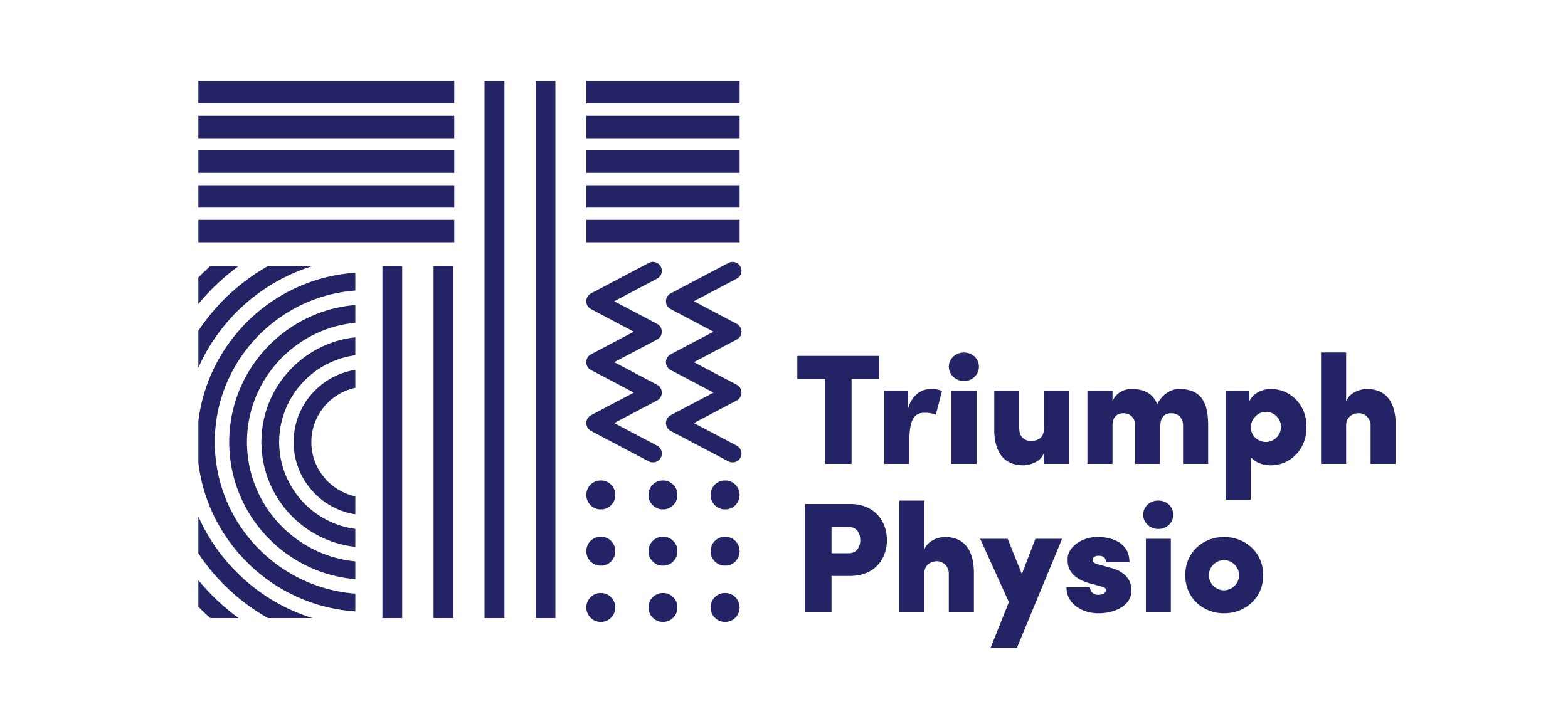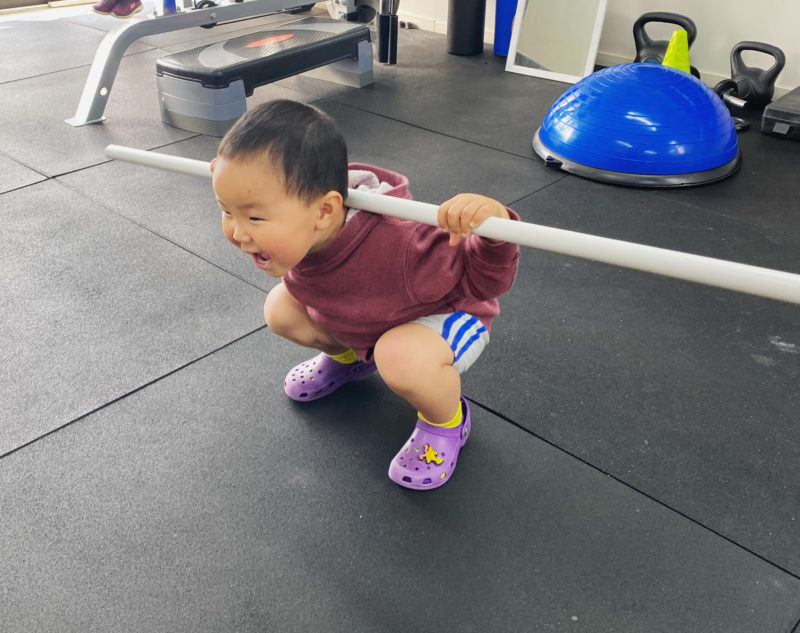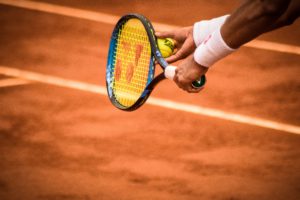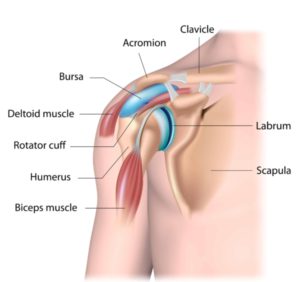ACJ an inside look
Acromioclavicular joint ( ACJ ) is the connection between your collarbone (clavicle) and shoulder blade. It’s stabilised by 3 major ligaments. It accounts for 40% of all shoulder injuries, 10% occurs in collision sports (e.g rugby, lacrosse, ice hockey)
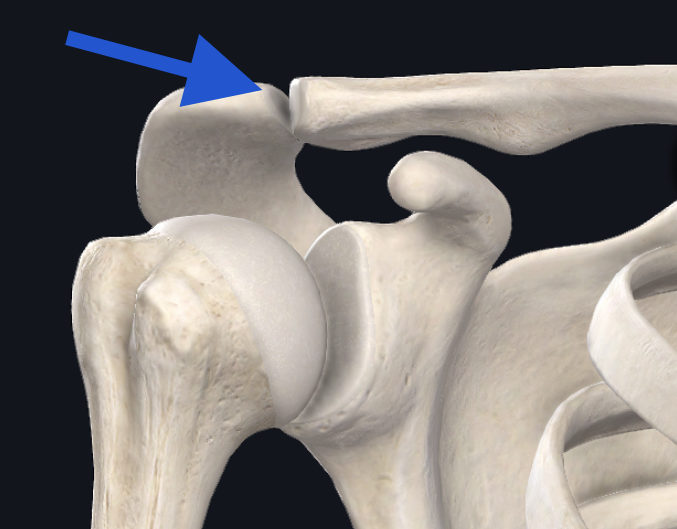
Mechanism of injury of ACJ
– Direct trauma to the outside shoulder or the joint when the arm is close to the body.
– Fall on outstretched hand or elbow
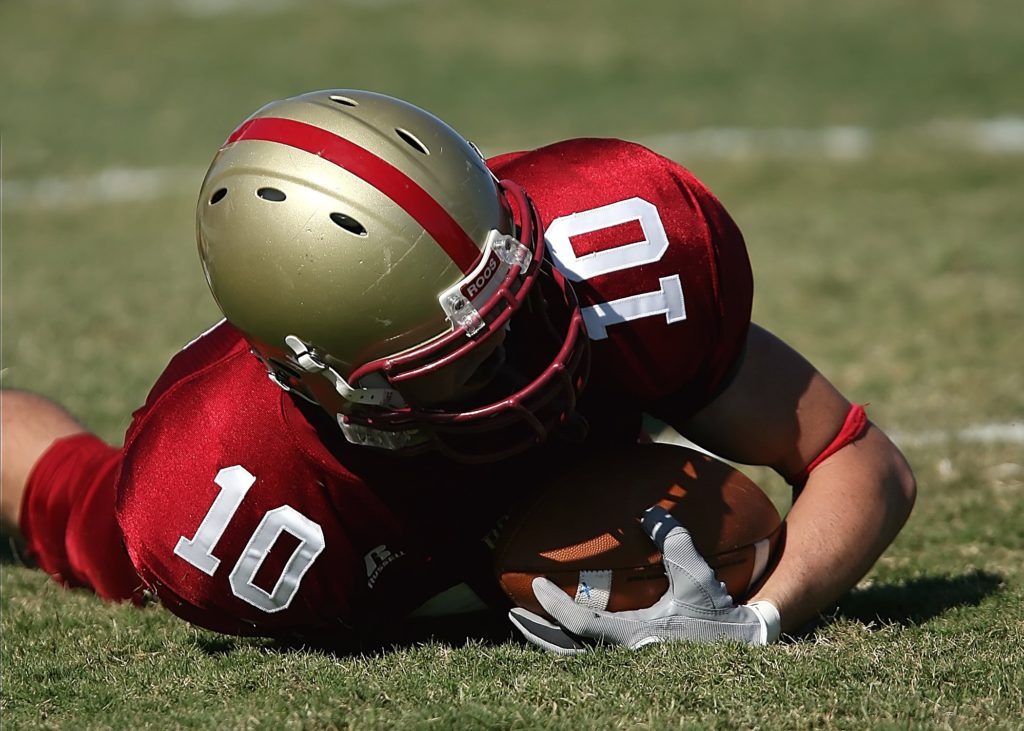
Different levels of severity of ACL injury
6 different classifications in total.
Grade 1: ligaments intact: minor injury
Grade 2-3: ligaments are torn and the collarbone is elevated
Grade 4-6: ligaments are torn with varying displacement of the collarbone
Rehabilitation Guidelines
- P.O.L.I.C.E.
- Range of motion (ROM); passive, active-assisted, active
- Example; towel slides, pendulum swings, scapula protraction/retraction/ elevation/depression
- Manage soft tissue tightness
- Sleeper stretch for GHJ capsule
- Pectoralis stretches
- Avoid aggravation of injury
- Exercises to avoid; bench press, prone press-ups, shoulder press or dips
- Isometric exercises – ensure multi-angle, submaximal and subpainful
- Closed kinetic – increase load as tolerated, add active arm elevation and rotation
- Transition from closed chain to open chain exercises
- Wall slides
- Low rows
- Punches
- Across body pulls
- Upper cuts
- Abduction with various angles
- Plyometric exercises;
- Med ball toss and catch
- Overarm throws
- Sport specific exercises
For appointments
Triumph Physio operates in Mount Wellington and Newmarket, Auckland. We have qualified Physiotherapist registered under ACC that can help with your ACJ rehabilitation. For more info call us on 09 526 1448 or book online by clicking on the button below
